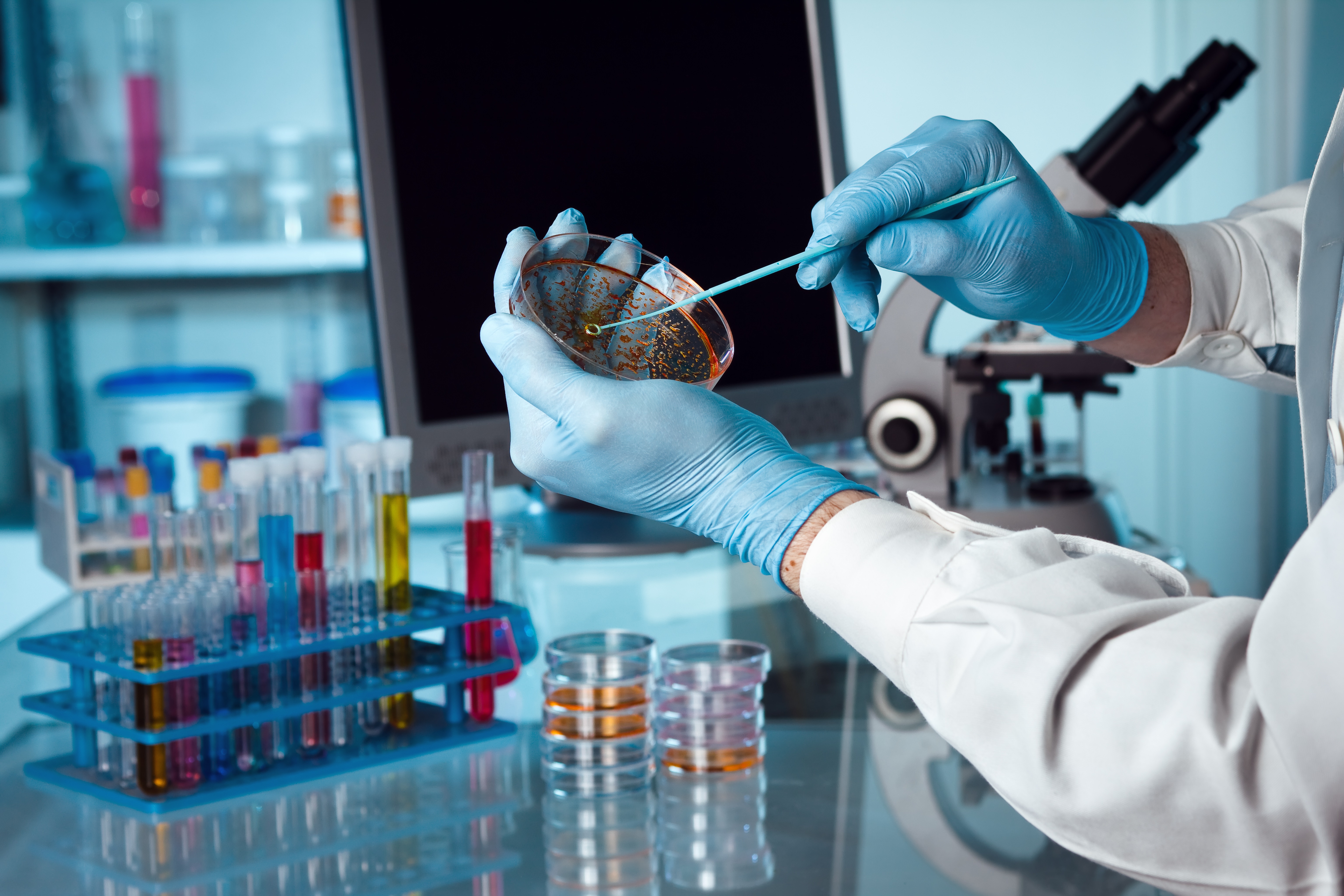Aeolus Pharmaceuticals, Inc., a biotechnology firm funded mainly by the U.S. government, is developing a new class of broad-spectrum, catalytic-antioxidant compounds that protect healthy tissue from the damaging effects of radiation. The company recently announced positive data from research involving non-human primates (NHPs), revealing that after 60 days of treatment with AEOL 10150 there was an improvement in survival from 25% to 50%— doubling survival at 180 days after radiation exposure to the lungs.
The company had previously reported top line survival results last September. These new results include radiographic and clinical evaluation of secondary parameters of lung damage and also imaging of possible biomarkers for lung injury.
“This study, conducted in a very severe model of lung injury, provided critical evidence for a significant survival-effect as well as helping to define the best treatment protocol for administration of AEOL 10150. The final assessment of key secondary parameters indicative of both clinical and radiographic evidence of lung injury showed an overwhelming positive effect of treatment with AEOL 10150,” stated Thomas MacVittie, PhD, Professor, Department of Radiation Oncology, University of Maryland School of Medicine in a recent news release.
Results from the research revealed that 60 days of AEOL10150 treatment beginning 24 hours following 10.74 Gy radiation exposures:
- Increased overall survival from 25% to 50% in the control under no treatment; the average time of overall survival; Sp02, a measure of compensated lung function; the average survival time in those subjects that did not survive to 180 days; and also the time to onset of boosted respiratory rate;
- Decreased mortality in those subjects that had a high respiratory rate; wet lung weight in all the NHPs, indicating less edema and damage in the parenchyma; and reduced fibrosis and pneumonitis radiographic evidence during the later phases of the study, between days 90 and 180.
To investigate metabolites, lipids and proteins in pathophysiological progression, the researchers used a new type of laser assisted by matrix desorption/ionization mass spectrometry imaging, called MALDI-MSI, in order to assess potential lung injury biomarkers in tissue samples from study subjects.
Results from these analyses revealed that the molecular profile for the un-irradiated (naïve) lung is different from the lung that received radiation. AEOL 10150 treatment shifted the molecular profile in the naïve lung. Two potential biomarkers found in irradiated, injured lung tissue were not noticeable in either the lungs treated with AEOL 10150 or naïve samples.
[adrotate group=”3″]
This new research was conducted by a research team from the University of Maryland School of Medicine (UM SOM) led by Thomas MacVittie, PhD, who is a Professor at the Division of Translational Radiation Sciences in the UM SOM Department of Radiation Oncology.
“The results from this comprehensive study further confirm the efficacy of AEOL 10150 in mitigating the lung damage from radiation exposure,” stated John L. McManus, President and Chief Executive Officer of Aeolus Pharmaceuticals, Inc. “We are pleased to see that the secondary endpoints support the significant survival improvement reported when AEOL 10150 is given for 60 days after extremely high levels of radiation to the lungs. AEOL 10150 has significantly improved survival in more than a dozen studies of lethal chemical and radiological exposure to the lungs, and the results of this study also further support its anti-fibrotic properties. The biomarker and lipid data from the imaging work done in this study is critical as it helps further the understanding of the damage radiation exposure does to the lungs and how AEOL 10150 mitigates that damage. We remain grateful to our colleagues at the University of Maryland for their excellent research and to the Biomedical Advanced Research and Development Authority for their support of the AEOL 10150 Lung ARS development program and to the National Institutes of Health, National Institute of Allergy and Infectious Diseases for their funding of the MALDI-MSI Imaging.”

